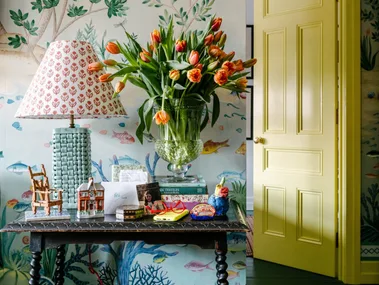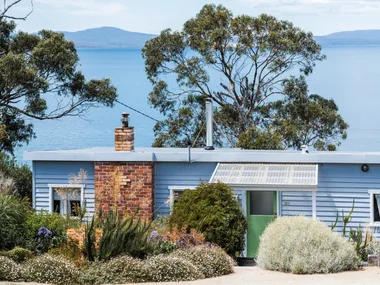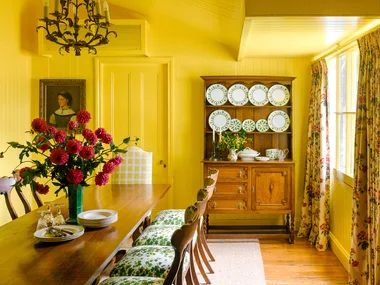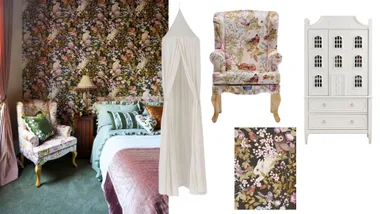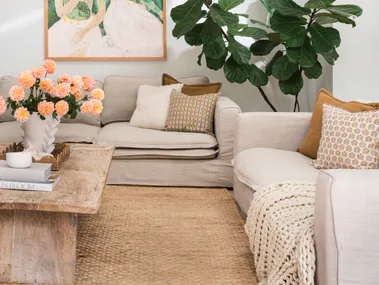Back in the days when the average house price in Australian cities was closer to zero than a lazy million, we went to an awful lot of trouble to mark these precious possessions as our own. And not just on the inside. Yes, your colour scheme, paving choices and garden were all modes of outward expression, but nothing said “this place is ours” like a house name proudly displayed out the front.
Depending on the size of your budget or whether you subscribed to the tradition of taking your house name with you when you moved, these marvellous monikers could be etched into the frosted pane of glass over the front door or branded into a piece of wood affixed to a wall. Some were also given gilt lettering on a mirrored background or rendered in twisted cast iron. Whatever the typeface – curly and fluid were always popular – or the execution, whoever came up with the house name often held a sentimental attachment to it henceforth.
But what title should you choose? Really, it was like naming a child, albeit one whose renovations would cost way more than braces, but not as much as private schools. For some reason, houses seemed to take on the female appellation accorded to ships. Add to this the desire to commemorate a loved one in this manner, and there were as many Veras, Shirleys, Maureens and Gladyses on our homes as in them. A number of punters chose to acknowledge their heritage. When house naming was all the rage from the 1940s to the 1970s, many Australians still had living connections to regions from whence their forebears sprang. They also used phrases such as “from whence their forebears sprang”. Either way, you often saw the names of Irish counties, Italian towns and English parishes.
Running concurrently with this was a steadily growing awareness of the longer-standing Indigenous history of Australia. As more and more of us lived in suburbs with names such as Indooroopilly, Coogee, Mandurah and Mordialloc, we went in search of traditional Aboriginal titles that reflected how we felt about hearth and home.
OUR HOUSE NAMES RAN THE GAMUT FROM BEAUTIFULLY SENTIMENTAL TO THE SUBLIMELY SILLY; A LITTLE GIFT OF A CHUCKLE TO PASSERS-BY
It wasn’t long, however, before our larrikinism began to find its voice, and font. This was a prime opportunity for a joke – and you got the feeling that many a bloke relented on the chintz cushions and floral bedspreads in order to have his chosen title on display. Proof lies in Trove, the National Library of Australia’s marvellous digitised bank of newspapers and magazines, where a certain sense of cheekiness in home naming can be found, especially from the late 1960s onwards.
The financial toll involved in owning a home spawned such contenders as “Belongabank” and “Brokus”, but more often, names lay on a spectrum somewhere between contentment and pride, as in “Thislldome” and all manner of punnery using the prefix “dun” – “Dunroamin” and “Dunwurkin”. In much the same way, the Spanish prefix “costa” was often utilised à la “Costa Plenty”, “Costa Motza” and “Costa d’Inheritance”. (Well, okay, I made that last one up.)
Either way, our house names ran the gamut, from beautifully sentimental for those who lived there through to the sublimely silly; a little gift of a chuckle to the neighbours and passers-by. And while modern developments seem lumbered with painfully hip, one-word, focus-group-approved titles such as “Icon”, “Urban” and “Ambience”, this writer for one misses the sense of personality the names of yesteryear imbued our suburbs with.
If you thought that was funny, why not read unsung icons: letterboxes
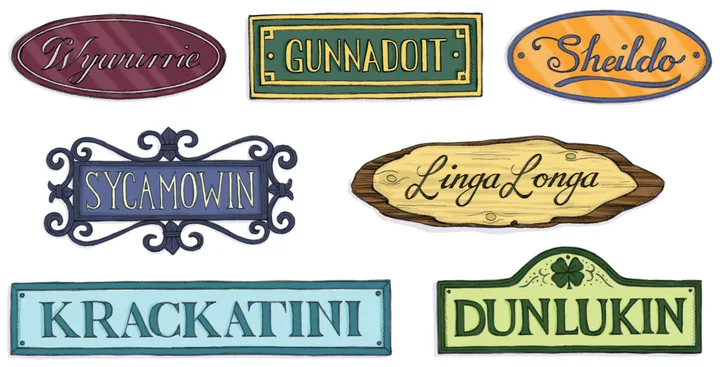 Matt Cosgrove
Matt Cosgrove
